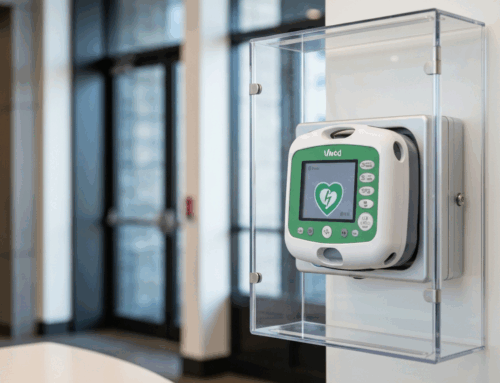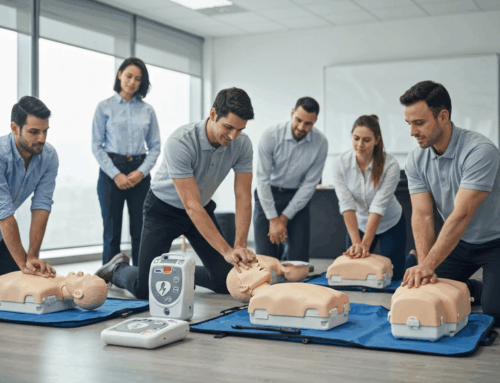Just Released: AHA Emergency Cardiovascular Care 2030 Impact Goals and Call to Action to Improve Cardiac Arrest Outcomes
Today, in its flagship peer-reviewed journal, Circulation, the American Heart Association released the Scientific Statement, “American Heart Association (AHA) Emergency Cardiovascular Care (ECC) 2030 Impact Goals and Call to Action to Improve Cardiac Arrest Outcomes.” This statement makes the case for doubling survivorship to 20%, outlining specific calls to action to improve cardiac arrest outcomes by 2030.
New 10-year goals can be achieved by increasing the rate of bystander CPR to more than 50% and increasing the frequency of defibrillation for out-of-hospital cardiac arrest before emergency services arrive, survival after cardiac arrest whether at home or in the hospital, and neurologically intact survival (surviving with proper brain function). Equity-focused goals are also key to improving cardiac arrest survival outcomes with a specific focus on racial/ethnic and other historically marginalized groups and communities with low socioeconomic status.
The AHA’s volunteer ECC Committee identifies goals every 10 years that are aligned with the Association’s broader mission and seeks to provide guidance for scientists, health care professionals, the public, policymakers and others to focus on improving outcomes from cardiac arrest. This new, bold goal – announced during the Association’s centennial year – highlights its focus on saving and improving lives.
Currently, 90% of people who experience cardiac arrest outside of a hospital die, in part because they do not receive CPR more than half of the time. To save more lives from the approximately 350,000 cardiac arrests that occur outside of the hospital every year, increasing the number of people who respond to cardiac arrest by calling 911, delivering high-quality CPR and getting and using an AED as soon as it is available are crucial to survival outcomes.
The Association’s focus on CPR training and education has already shown improvement in bystander willingness to provide lifesaving care. In a 2023 consumer survey, over half of the participants said they would perform either CPR or Hands-Only CPR and that their confidence level in performing CPR has improved from 2021. Immediate CPR and defibrillation are key to doubling the survival rate of cardiac arrest by 2030.
The AHA is committed to fostering collaboration among healthcare professionals, first responders, and the public to achieve these goals. We appreciate your continued support in spreading awareness and contributing to the achievement of these crucial goals.
You can read the full statement for more in-depth detail and specific numbers on 2030 Impact Goals







Leave A Comment